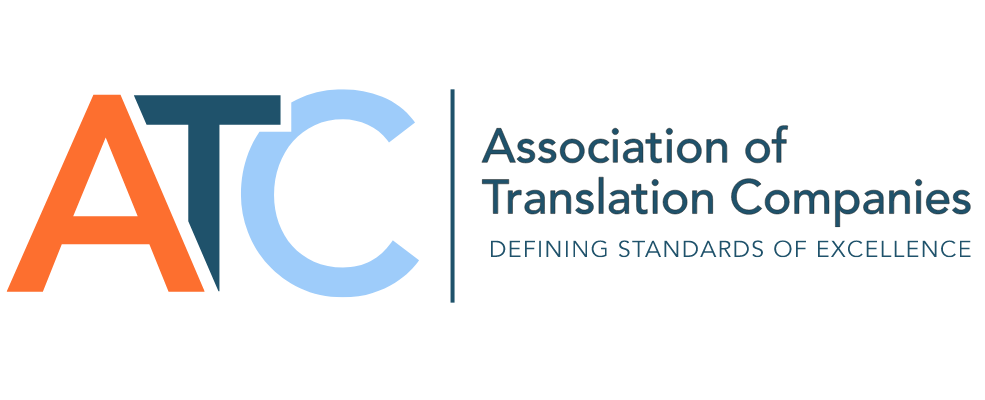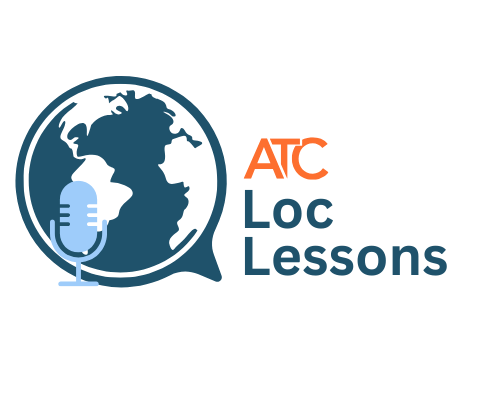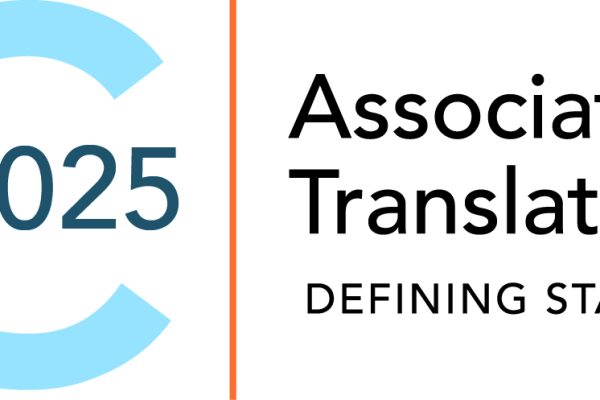ATC Loc Lessons Podcast Down-to-earth conversations with industry voices on the trends shaping translation, localisation…

The European Accessibility Act marked a turning point in how services are designed and delivered across the EU, with accessibility a legal obligation rather than an optional feature. The ATC’s June 2025 Accessibility Briefing summarised the obligations of the EAA and the opportunities it brings to language service companies. A significant part of delivering accessibility across written content is the use of accessible language, and in this ATC briefing we turn our focus to plain language.
The Value of Plain Language
According to ISO 24495-1, plain language is communication in which wording, structure and design are so clear that intended readers can easily find what they need, understand what they find, and use that information.
The value and benefits of using plain language in a communications or commercial context are clear – content in plain language helps reach the widest possible audience across the original source and the translated target content:
- 15-20% of global population is estimated to be neurodivergent
- 80% of people prefer sentences in plain language, including experts.
- The European Accessibility Act requires manufacturers to ensure that their products include instructions and safety information in a language which can be easily understood.
The below resources help you to address plain language needs and to take a consultative approach in conversations with your clients.
ISO Standards for Plain Language
Emerging plain language standards are a key focus of ISO Technical Committee 37 for language and terminology. There are two published plain language standards and two standards under development:
- ISO 24495-1:2023 Part 1: Governing principles and guidelines establishes governing principles and guidelines for developing plain language documents.
- ISO 24495-2:2025: Part 2: Legal communication establishes guidelines and techniques for legal communication in plain language.
- ISO/DIS 24495-3 Part 3: Science writing is a draft international standard focusing on the use of plain language in scientific writing for diverse audiences.
- ISO/CD 24495-4 Part 4: Requirements for implementing the plain language principles in organizations is a draft requirements standard for organisations to certify that they use plan language systematically.
Plain Language in the UK Government
In the UK, there are two main pieces of legislation relating to accessibility: The Public Sector Bodies Accessibility Regulations 2018 and the Equality Act 2010, with plain language writing closely connected to other accessibility requirements.
A good starting point for understanding the accessibility landscape and requirements in the UK are the UK Government’s accessibility and assisted digital resources.
Other Government resources focusing on plain language include:
- Department for Education’s Plain Language Standard
- GOV.UK Content design: planning, writing and managing content
- Office for National Statistics’ Plain language guidance
- Transport for London’s Using plain English guidelines
More on Plain Language
If you are interested in learning more about plain language, or are looking for an expert consultant, there are a number of plain language associations and organisations across the world. Experts within the ISO/TC 37 work in collaboration with:
- Plain Language Association International (PLAIN)
- Clarity (focusing on promoting plain legal language)
Opportunities for language service companies
Consulting clients on plain language requirements and benefits is an opportunity for language service companies to actively advise and support clients in their accessibility compliance efforts.
Language service companies can help clients to deliver accessible, clear information in plain language and audiovisual content in multiple languages and formats. This includes building accessibility features within the original source content, and maintaining it throughout the translation or localisation process. This also means that translators and content engineers must all understand how accessibility is preserved in the content they process.
1 https://www.weforum.org/stories/2022/10/explainer-neurodivergence-mental-health/
2 https://service-manual.ons.gov.uk/content/writing-for-users/plain-language
3 https://eur-lex.europa.eu/legal-content/EN/TXT/?uri=CELEX%3A32019L0882

